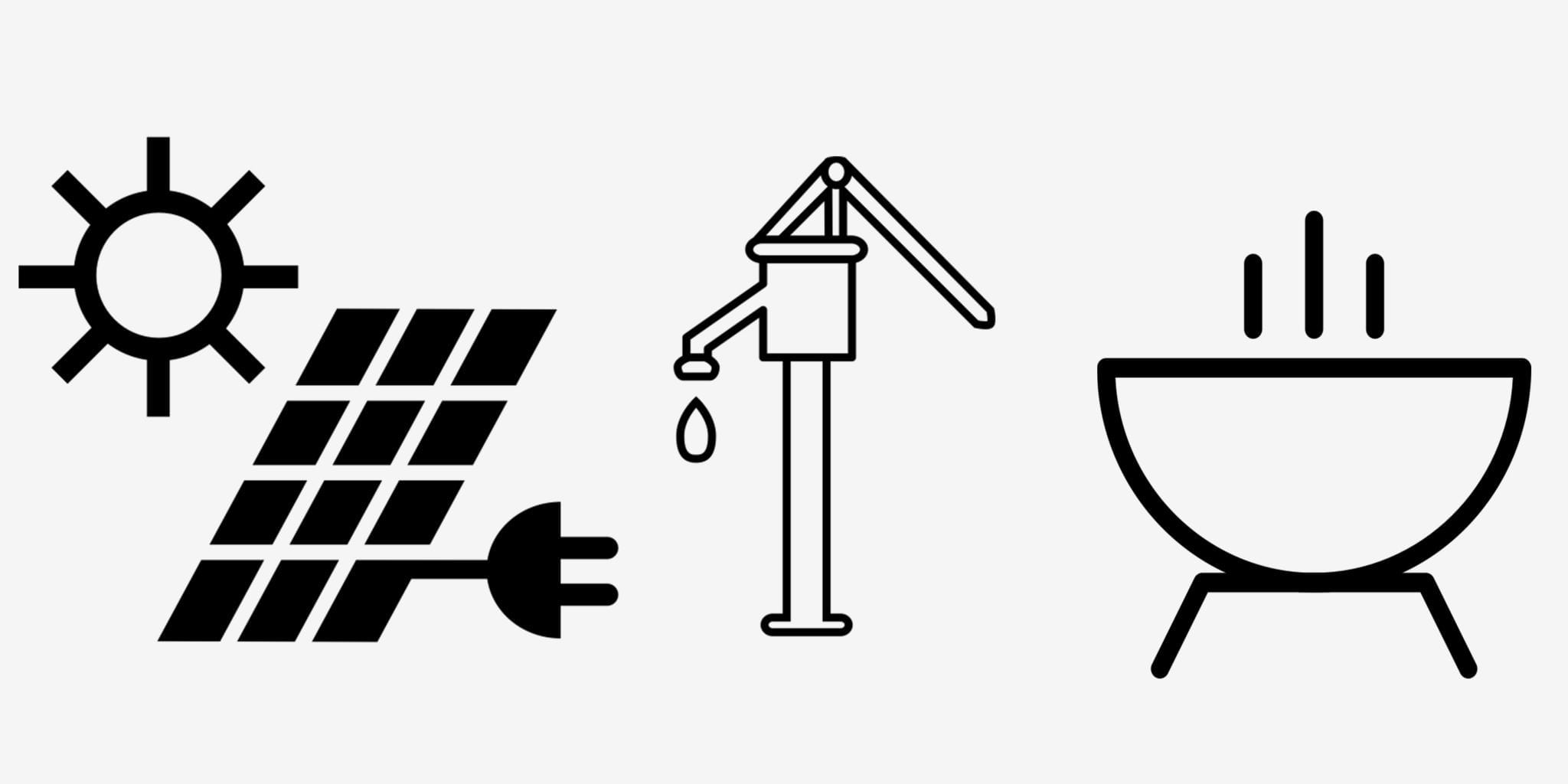This is the sixth in a series of principles based on the textbook Humanitarian Engineering: Creating Technologies that Help People, by Kevin Passino. The series is adapted by the author for Engineering for Change. Download Humanitarian Engineering, 3rd Edition, for free.
It is possible to achieve long-term positive impact when you create and implement a reliable (robust) technology. But what makes a technology reliable? Three factors contribute to reliability: (i) the properties of the materials that make up the technology (e.g., mechanical and electrical), (ii) how the components of a technology are interconnected and relate to each other, and (iii) an optimal robust design in the presence of a wide range of conditions that the technology will be subjected to, both physical and social.
For a technology to be reliable, it must “thrive” in the physical and social context in which it is implemented.
Humanitarian technologies are typically subjected to extreme conditions that include temperature, humidity, mechanical stress and strain, among others. For a technology to be reliable, it must have the constituent materials, configuration, and optimal robust design to withstand the common (and some uncommon) physical and social conditions where it will be implemented. It has to fit context, which includes the physical and social environment of the technology, and “thrive” in that environment in the sense that its operation and performance proceeds unimpeded over a long period of time.
With training, locals can perform repairs and ensure that the technology operates properly and fairly.
In addition to reliability, it is crucial to build technological capacity in a community. With training, locals can conduct maintenance, including repairs and replacements, and ensure that the technology operates properly and fairly. Building technological capacity is greatly facilitated via a participatory development process where community members are involved at every stage of the ideation, design, implementation and deployment of a technology. It is hoped that one or two community members take a great interest in the technology installation and use, and step forward to either volunteer or be paid to operate and maintain the technology.
Humanitarian Engineering Series
Humanitarian Engineering Principle One: Focus on People
Humanitarian Engineering Principle Two: Relate, Listen, Ask, Cooperate, Empower
Humanitarian Engineering Principle Three: Understand Social and Physical Context
Humanitarian Engineering Principle Four: Be a Professional Humanitarian Engineer
Humanitarian Engineering Principle Five: Build Technological Capacity
Humanitarian Engineering Principle Seven: Understand Impact from Social Context
Humanitarian Engineering Principle Eight: Design for Sustainability
Humanitarian Engineering Principle Nine: Assess Outcomes
Humanitarian Engineering Principle Ten: Promote Human Dignity, Rights, and Fulfillment

